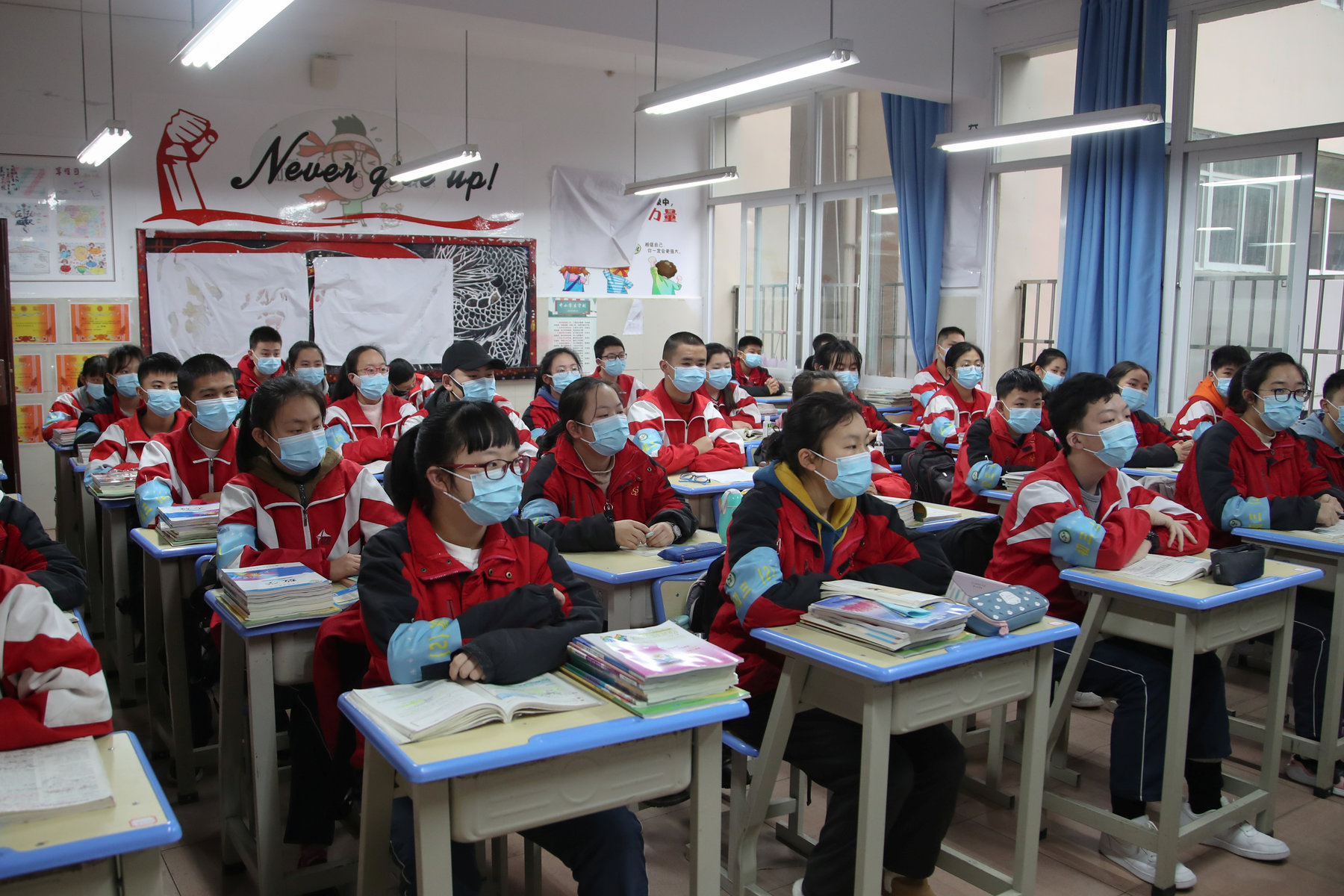WILLIAM LIGHTHART WRITES — For almost every elementary school, secondary school, and institution of higher learning around the world, the last 4 months have been comprised of exclusively online instruction. Schools at all levels of education are attempting to create systems so that students can return for at least partial in-person instruction this fall but it is clearly apparent that schools alone do not have the power to ensure the safety of their students this upcoming term.
Yet Beijing and Seoul, two of the largest metropolises in Asia, have made more progress than most educational systems in the United States by reopening elementary and secondary schools in limited capacities. Such progress for those schools is intrinsically linked to people’s cooperation and precautions taken within their communities. This is why certain school districts have reopened and stayed open while others have been forced to shut down due to a detection of new cases in their communities. Universities, which often both teach and house students from all over the country, are faced with the much larger challenge of ensuring that campuses remain safe for students who may travel across the country to move there and commute through the city on a daily basis.
In Beijing, the government remains cautious as ever about easing restrictions on daily life, including in-person education and business operations. Alex, a young Chinese professional and recent graduate of a Chinese university who lives and works in Beijing but keeps abreast of developments regarding the status of schools there notes, “All universities in Beijing are still closed for in-person instruction.” Still, with careful optimism and lingering uncertainty, she hopes that they “maybe will open for students in the fall semester.” In the interim, Chinese universities are offering online courses throughout the summer term, a strategy that universities across the globe are also sticking with. Elementary and secondary schools, though, provide rays of hope as they open their physical doors under strict guidelines, including spacing for students in the classrooms and minimizing student use of communal spaces throughout the schools.
While Beijing has not eliminated COVID-19 entirely, the city of approximately 22 million has averaged well under 50 cases per day since the middle of March. Alex attributes this low number to a variety of different precautions residents are taking as public spaces reopen. “People are still wearing masks,” she says. “They will have their temperature checked everywhere and scan health codes to show they are safe to enter [facilities]. There are new cases in Beijing as of last week and they haven’t found the source. Because of this, they are shutting down some wholesale food markets and some residential compounds are being closely monitored.”
Seoul, which also felt the effects of COVID-19 early in the pandemic, has seen uncertainty akin to that of Beijing regarding the short-term fate of many academic institutions. Like Beijing, some elementary and secondary schools are open but are operating within special guidelines and face the possibility of abrupt closure should there be increased risk within the community. Again, the uncertainty intensifies for students seeking a Korean higher education. Sihyeon, a current student at Yonsei University, has no idea how her instruction will be conducted, and hasn’t known since the beginning of term in early March. “Whether we would go back to school was THE one question everyone wondered about—not only for Yonsei but every other university,” she says. “Though there were slight hopes that we would be able to take the midterm/finals offline, and that the online semester might only continue for several weeks, this didn’t happen because COVID-19 became a pandemic that no corner in the world managed to avoid.”
Although Yonsei hoped to welcome students back to campus for at least final examinations, if not sooner, Sihyeon and her fellow pupils took all of their exams online. Despite campus remaining closed for the duration of the term, Yonsei took several measures to ensure the campus could safely welcome students back. According to Sihyeon, these steps included “thermometer cameras that beep when it goes over a certain temperature, with security guards checking the temperature of visitors/students coming into the dormitory. Hand sanitizers are placed at every corner of the university. We also have a place where students suspected to have COVID-19 could take the test (in affiliation with the Severance hospital). From the beginning, the university drafted manuals that people could refer to, and had posters informing students of the procedure that they could follow if they suspect they might have COVID-19.” The steps taken by Yonsei are evident throughout Seoul as masks have become mandatory, temperature-taking and hand sanitation is widespread, and Korea’s innovative cellphone virus tracking technology has become world-renowned.
Students, faculty, and administrators are, like the rest of society, itching to return to some semblance of normal life but the risk of exposing infected students to each other and to their families makes a transition back to “normal” seem particularly far off for educational systems worldwide. Sihyeon is amongst the multitude of university students who is hopeful that everyone will do their part to make the transition possible sooner rather than later. She believes it is dire for everyone to think of more than just their circumstances when evaluating the costs for COVID-19 exposure. Sihyeon’s final plea for people to remember is that the pandemic is not over, and that although we live as individuals, we are also living in a community.

